The 8 Countries Most Affected by Climate Change
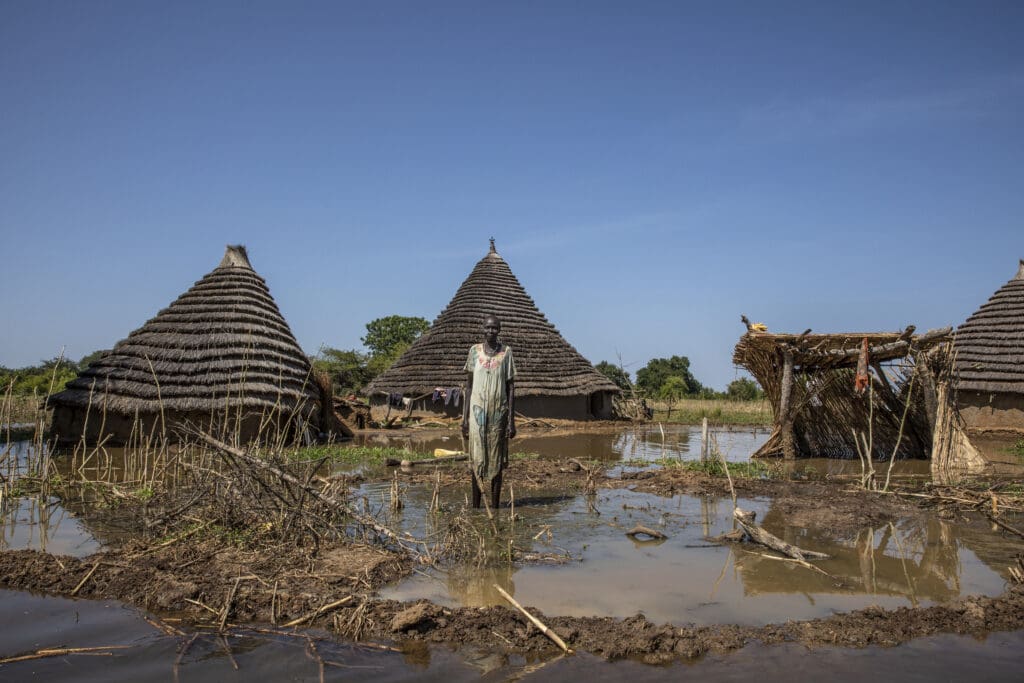
In regions around the world, the climate crisis is causing more frequent and intense extreme weather events. From droughts to hurricanes to floods, these climate extremes are driving more people into severe hunger and poverty. During a global food crisis – the likes of which we have never seen in modern history – the climate crisis is making an already dire situation even worse.
How Does Climate Change Cause Hunger?
We are living in unparalleled times. Rising global temperatures and changes in weather patterns are causing more frequent and intense heat waves, droughts, wildfires, floods, hurricanes, and other extreme weather events. We witnessed this trend last year when flash floods put one-third of Pakistan underwater and severe drought in the Horn of Africa pushed millions of people closer to starvation.
Extreme weather events displace people from their homes, kill livestock, destroy vital infrastructure and farmland and often increase food prices. Communities are then cut off from reliable sources of food, farmers can no longer grow crops and families cannot afford basic meals. What’s worse is once communities slowly starts to rebuild, they are knocked down yet again by another climate-related disaster.
Here are eight countries and regions that are experiencing these severe impacts of the climate crisis.
1) South Sudan – Floods & Drought
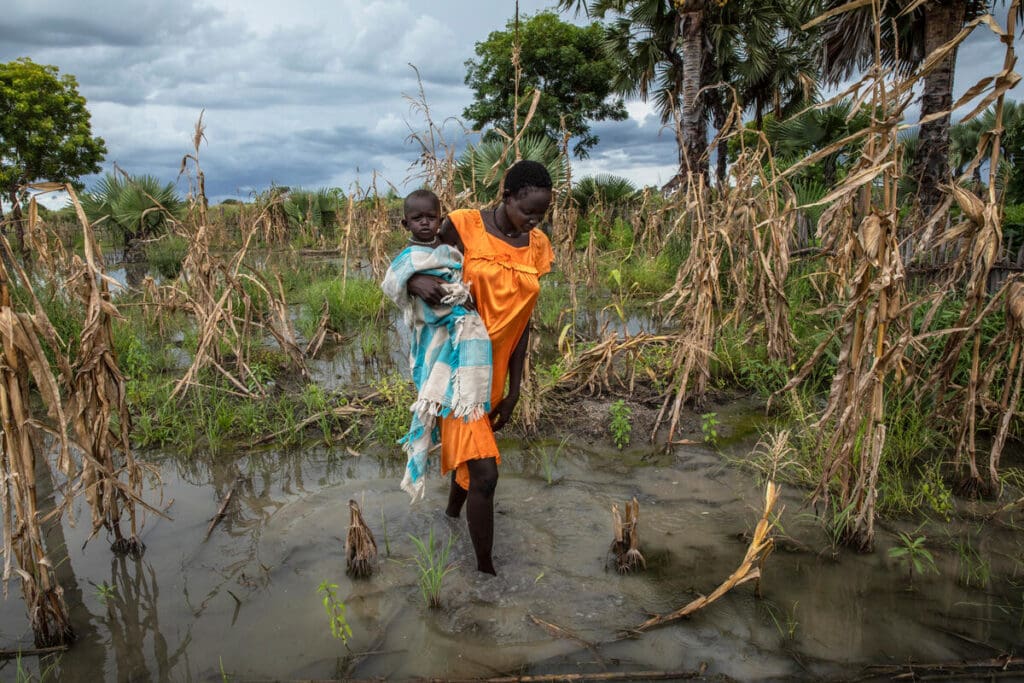
As one of the most rapidly warming areas in the world, South Sudan is on the frontlines of the climate crisis. The country’s temperatures are increasing at two and half times the global average. This has resulted in extreme weather events including four consecutive years of flooding that have left half the country underwater.
South Sudan is simultaneously drowning and drying as the climate crisis tightens its grip: An unprecedented flooding crisis has swallowed large swathes of the country while other parts are grappling with devastating drought. For some, the floods have resulted in extreme food scarcity and forced some families to depend on wild foods like water lilies to cope. 64% of the country’s population (7.7 million people out of 12 million total) are experiencing severe hunger.
In January of 2023, the United Nations World Food Programme (WFP) assisted 1.1 million people including 800,000 people affected by the floods. In Unity State, we are working with communities to battle the invasive hyacinth weed – an invasive plant that blocks waterways and emits a large amount of methane when it decomposes. The women in Unity State turn the hyacinth weed into fuel for cooking fires. Not only is this fuel safe and sustainable, it saves women from having to travel long, dangerous distances to collect firewood.
Learn more about South Sudan >
2) Madagascar – Cyclones, Droughts & Floods
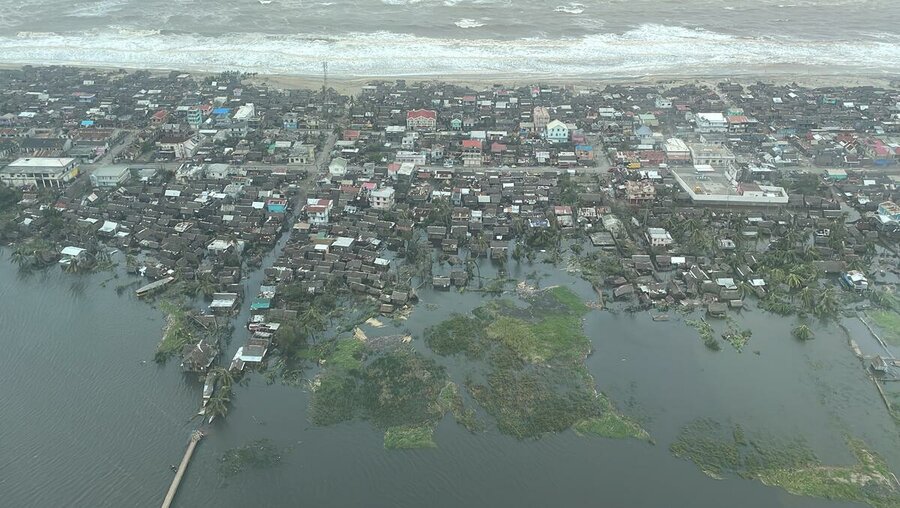
In February of 2022, Madagascar was hit with four tropical cyclones: Emnati, Dumako, Batsirai and Ana. These storms destroyed infrastructure, decimated rice crops just weeks away from harvest and left over 270,000 people in urgent need of food assistance.
Madagascar is one of Africa’s most disaster-prone and food-insecure countries. Nearly 2 million people in Madagascar are experiencing severe hunger and are in need of humanitarian assistance. In the south, the driest conditions in 40 years forced Madagascans to survive by eating locusts, raw red cactus fruits and wild leaves.
Madagascar boasts invaluable contributions to the world’s biodiversity with species of plants and animals that can’t be found anywhere else. This is why the U.N. World Food Programme works to preserve the environment and implement nature-based solutions including reforestation. In 2022, 155,000 people were enrolled in an asset creation program to build resilience against climate-related threats to their environment.
3) Pakistan – Floods
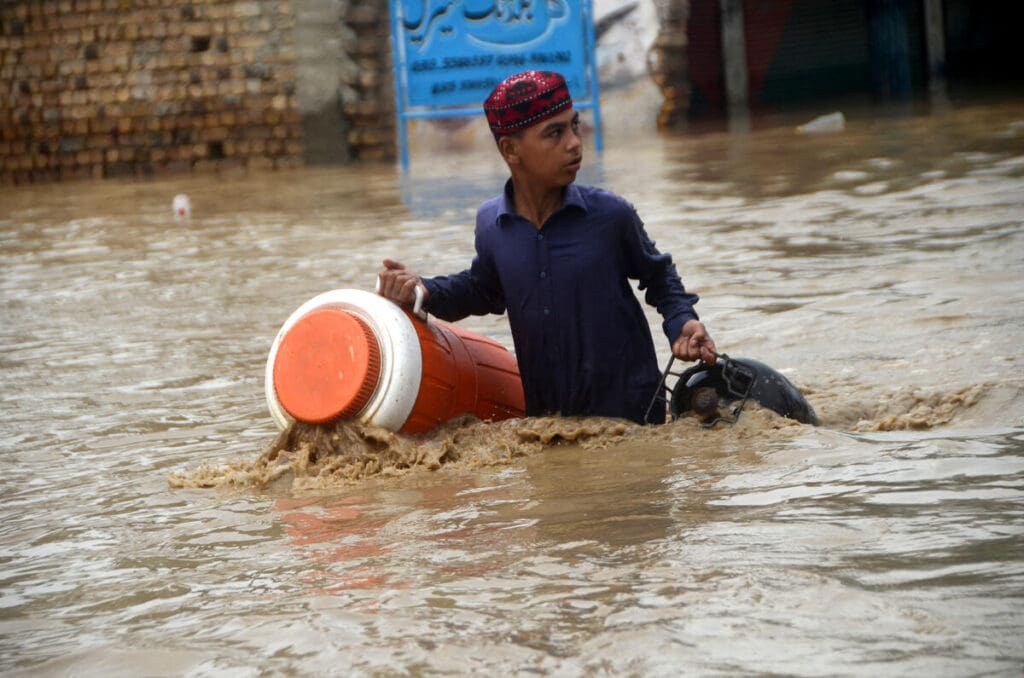
From June to October of 2022, Pakistan was hit by what United Nations Secretary-General António Guterres described as “monsoon(s) on steroids”. During this time period, heavy rainfall caused flooding and landslides at a rate nearly ten times the national 30-year average. The floods affected nearly 33 million people, damaged 4.4 million acres (about twice the area of Connecticut) of agricultural land and killed 800,000 livestock.
In the aftermath, rising food prices exacerbated already stressed levels of hunger and malnutrition in the country. The number of people experiencing severe hunger has more than doubled since the floods hit in June: Today, 14.6 million people are experiencing severe hunger in Pakistan.
Pakistan’s malnutrition rates are dire. More than half of children under 5 have a vitamin A deficiency, 40% have a zinc and Vitamin D deficiency and 62% are anemic. To address these micronutrient deficiencies, the U.N. World Food Programme provides children with specialized nutritious foods that are fortified with vitamins and minerals. To address recovery from the monsoons, the U.N. World Food Programme is restoring the country’s flood protection walls and ground water channels. These assets will be built back stronger to endure the summer monsoon rains and facilitate a continued flow of clean drinking water.
4) Somalia – Drought
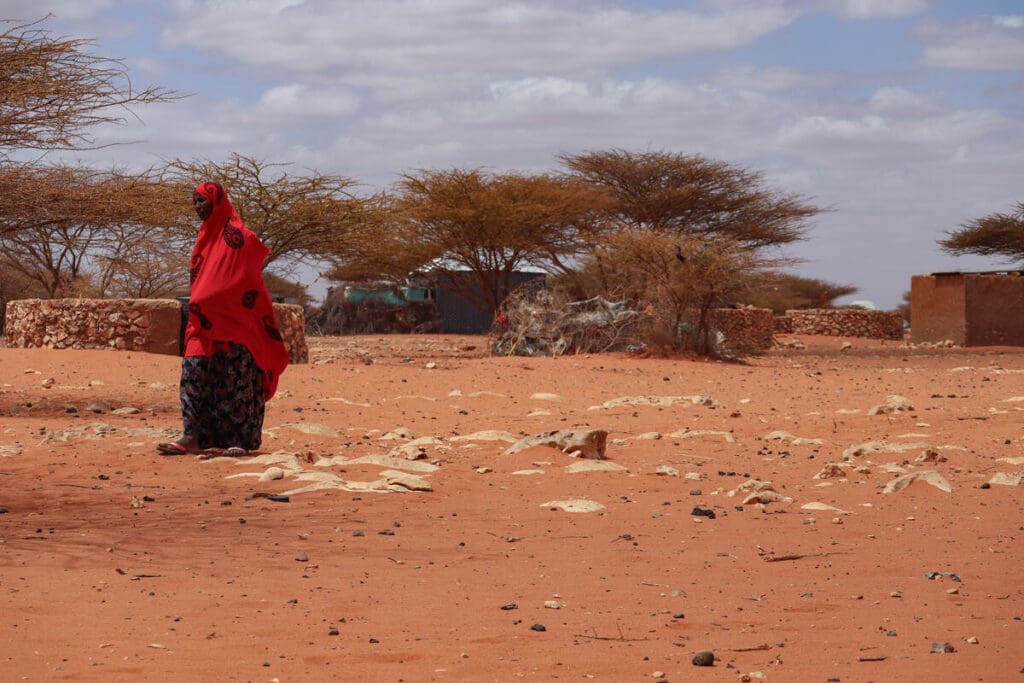
There is no end in sight to the drought in Somalia. For the past five rainy seasons, rainfall has been below adequate levels for harvesting and keeping livestock. This has resulted in almost total crop failure and a lack of rural employment opportunities.
Every failed rainy season makes recovery from the crisis even more challenging for families. 5 million people in Somalia are facing crisis levels of hunger, including 200,000 people experiencing the very worst form of hunger.
As the largest humanitarian agency in Somalia, the U.N. World Food Programme has the reach and expertise to support communities impacted by the climate crisis. Through our anticipatory cash transfers and early warning systems, we equip people with the resources and knowledge to protect themselves against potential dry seasons. This program has already benefited 117,612 individuals across Hudur and Wajiid districts of Bakool.
5) Sudan – Droughts & Floods
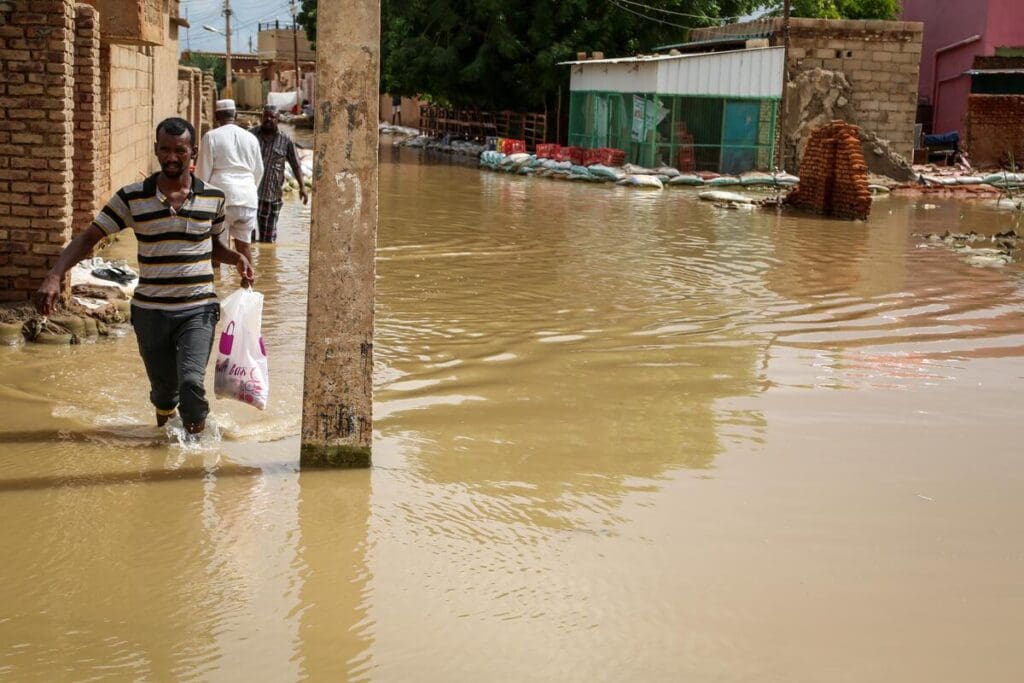
According to the United Nations Environment Programme, Sudan is one of the world’s most vulnerable countries to climate variability and climate change. The country has not had a moment of relief through decades of droughts, rainfall variability, depleting water sources and expansive desertification.
In Sudan, climate shocks and conflict are driving hunger: Last year, ongoing flooding disrupted the planting season while conflict prevented families from accessing farmland. An estimated 15 million people (about twice the population of New Jersey) are severely hungry. Mothers and children have been hit hardest by the crisis. Over 4 million young children and pregnant and breastfeeding mothers are acutely malnourished.
The U.N. World Food Programme has been present in Sudan since 1963. Since then, we have been consistent in our aim to reduce hunger and malnutrition as well as enhance communities’ resilience to shocks across the country. In 2023, we plan to assist more than 7.6 million people. However, due to the country’s security situation the U.N. World Food Programme has suspended their operations in Sudan.
6) Chad – Droughts & Floods
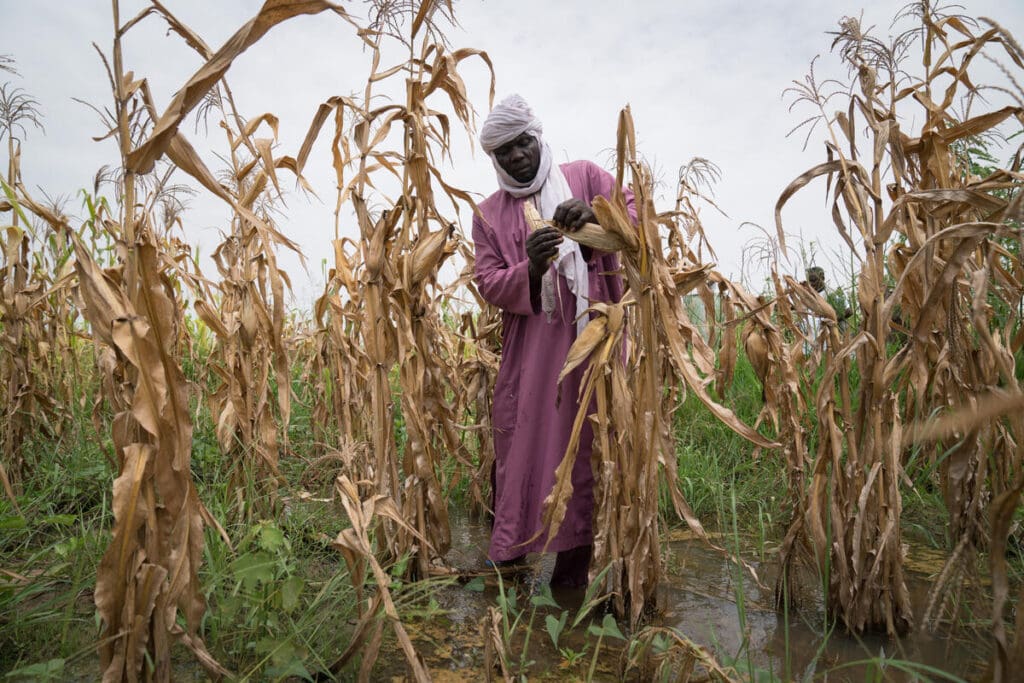
In the fall of 2022, Chad experienced the worst flooding in 30 years. UNICEF reported that more than 1 million people were affected and 1,149,114 acres of farmland were devastated. In response, the U.N. World Food Programme stepped up its emergency operations and aimed to reach 300,000 flood-affected people.
The heavy rains and flooding came at a devastating time for Chad. Only a few months prior, the government had declared a national food and nutrition emergency. Many in the country are dependent on farming and livestock to sustain themselves. However, unpredictable rain patterns and frequent droughts make these livelihoods unreliable sources of food. 2.1 million people were left acutely hungry after the 2022 lean season – the dangerous period of time in between planting and harvest where economic opportunities are rare.
Chad, due to the decline in biodiversity of their drylands through desertification, has been slow to introduce clean cooking. People burn biomass materials such as wood, animal dung or crop waste in open fires and inefficient stoves. This process creates harmful household air pollution. In response, the U.N. World Food Programme supplied households, restaurants and street vendors in eastern Chad with liquid petroleum gas. Since implementing liquid petroleum gas, households have seen improved indoor air quality and decreased air pollutants being released into the atmosphere – benefits that help the health of both people and their environment.
7) The Sahel – Droughts, Wildfires & Floods
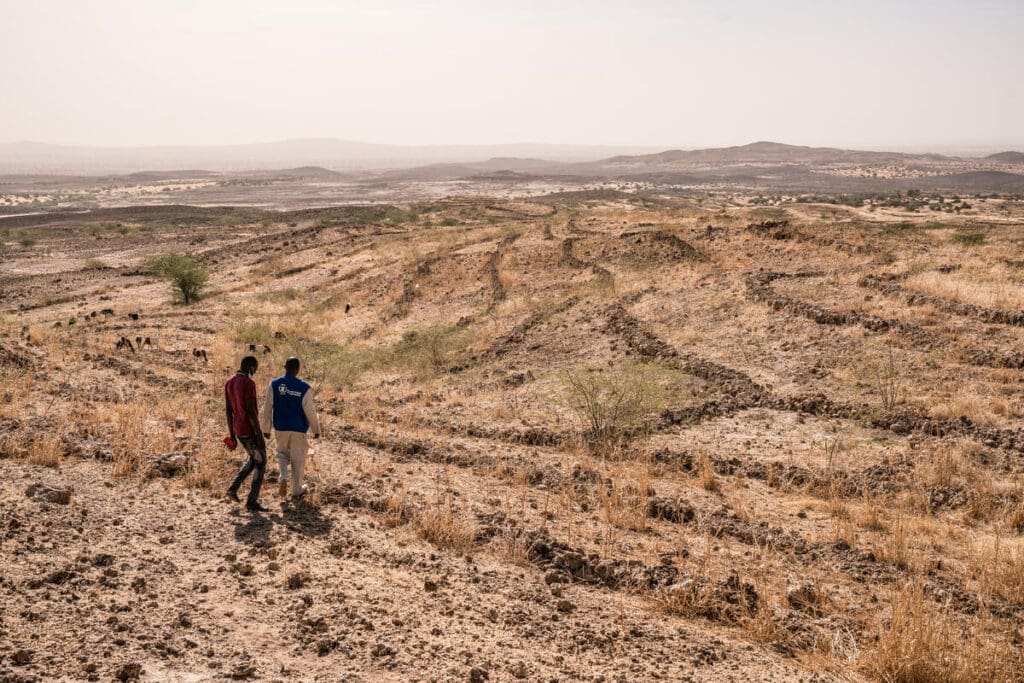
The climate crisis is having a significant impact on the Sahel – a region that spans across Africa from the Atlantic Ocean to the Red Sea and includes Burkina Faso, Niger and Mali. The region is experiencing increasing temperatures and unpredictable rainfall patterns that have resulted in more frequent and severe droughts. These shocks are exacerbating existing challenges including hunger and poverty. Today, nearly 13 million people in the region are experiencing severe hunger.
The U.N. World Food Programme takes a holistic approach to addressing the impacts of the climate crisis. Through our Greening the Sahel project, we work with local communities in Burkina Faso, Chad, Mali, Mauritania and Niger to plant trees to combat desertification and restore degraded land.
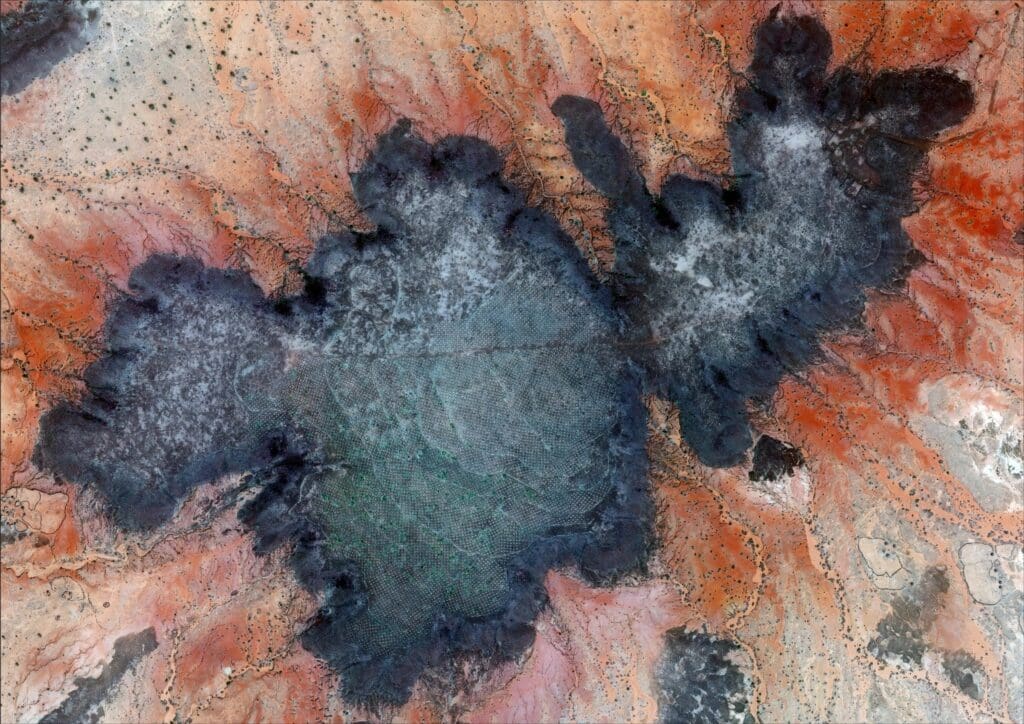
8) The Dry Corridor – Droughts, Hurricanes & Floods
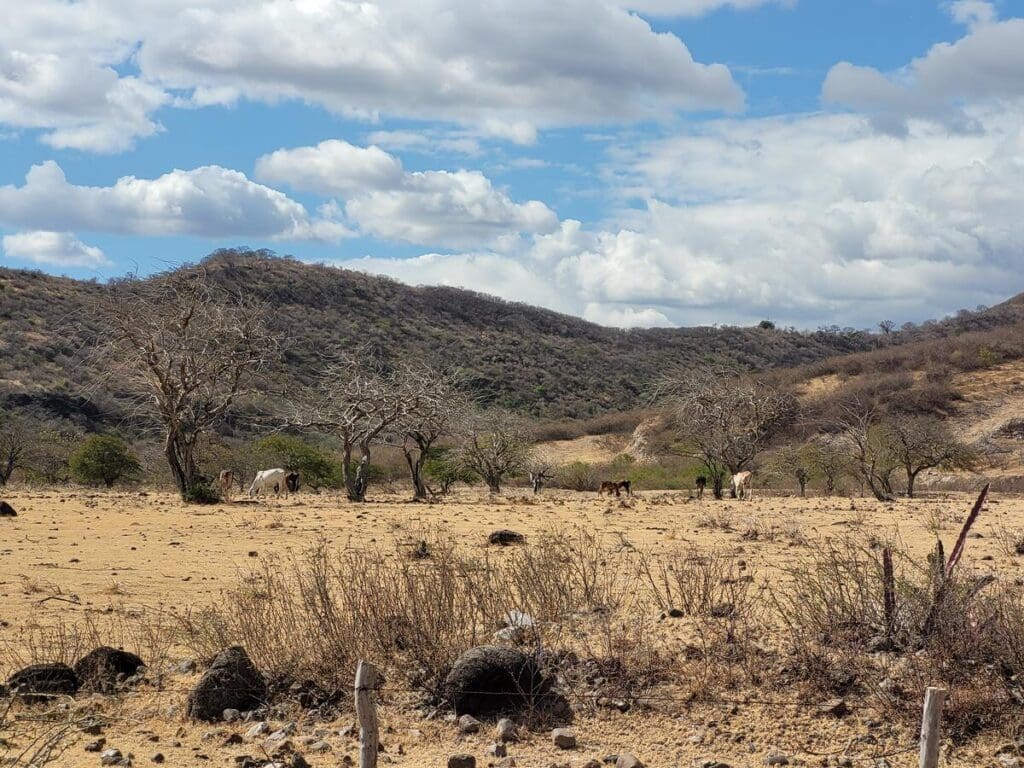
The dry corridor, a region in Central America, is experiencing the devastating effects of the climate crisis. Droughts, heatwaves and unpredictable rainfall patterns have led to crop failures and forced migration. The situation is particularly dire for small-scale farmers and indigenous populations, as they are disproportionately affected by the impacts of the climate crisis.
Due to prolonged dry spells and excessive rains, farmers in countries such as El Salvador, Honduras and Guatemala are unable to grow enough food. Many families have had to resort to selling tools and animals to turn a profit, skipping meals and eating less nutritious food.
Farmers in El Salvador are leading the Dry Corridor into a more hopeful future. With support from the U.N. World Food Programme, three farmers have converted a dry strip of land in Cacaopera into a lush haven by using hydroponic technology. Now, they can grow fresh produce such as chilis and bell peppers despite the dry conditions.
Learn more about the Dry Corridor >
How WFP Helps Communities Build Resilience to Climate Shocks
While it is easy to get discouraged by the realities of the climate crisis, there are countless heroes, initiatives and stories that exemplify resilience and triumph. With assistance from the U.N. World Food Programme, people can prepare and recover from the unexpected crises of tomorrow.
Learn more about the U.N. World Food Programme’s long-term solutions to the climate crisis >







